Dachshunds, affectionately known as “wiener dogs” due to their long bodies and short legs, are a breed cherished for their unique appearance and spirited personality. Originating from Germany, these dogs were bred for hunting, specifically to track tunneling animals like badgers. Beyond their distinctive body shape, Dachshunds are also celebrated for their variety of coat colors and patterns, which can significantly vary from one dog to another. This variety not only enhances their appeal but also showcases the breed’s diverse genetic heritage. In this article, we will explore seven stunning color variations of Dachshunds, each adding to the rich tapestry of this beloved breed. From the classic red to the rare dappled pattern, each color variation has its charm and story, reflecting the unique characteristics that make Dachshunds so beloved by dog enthusiasts around the world.
1. Red

Red is perhaps the most iconic and recognized color of Dachshunds. This solid, deep red can range from a coppery hue to a rusty red, resembling the color of an Irish Setter. The red Dachshund’s coat is typically smooth and glossy, which accentuates their sleek, elongated body. This color exudes a regal and confident aura that fits perfectly with the Dachshund’s reputation for bravery and tenacity in the field. Red Dachshunds are often the image people picture when they think of this breed, embodying the classic Dachshund look with their striking, bold color and matching fiery personality.
2. Black and Tan
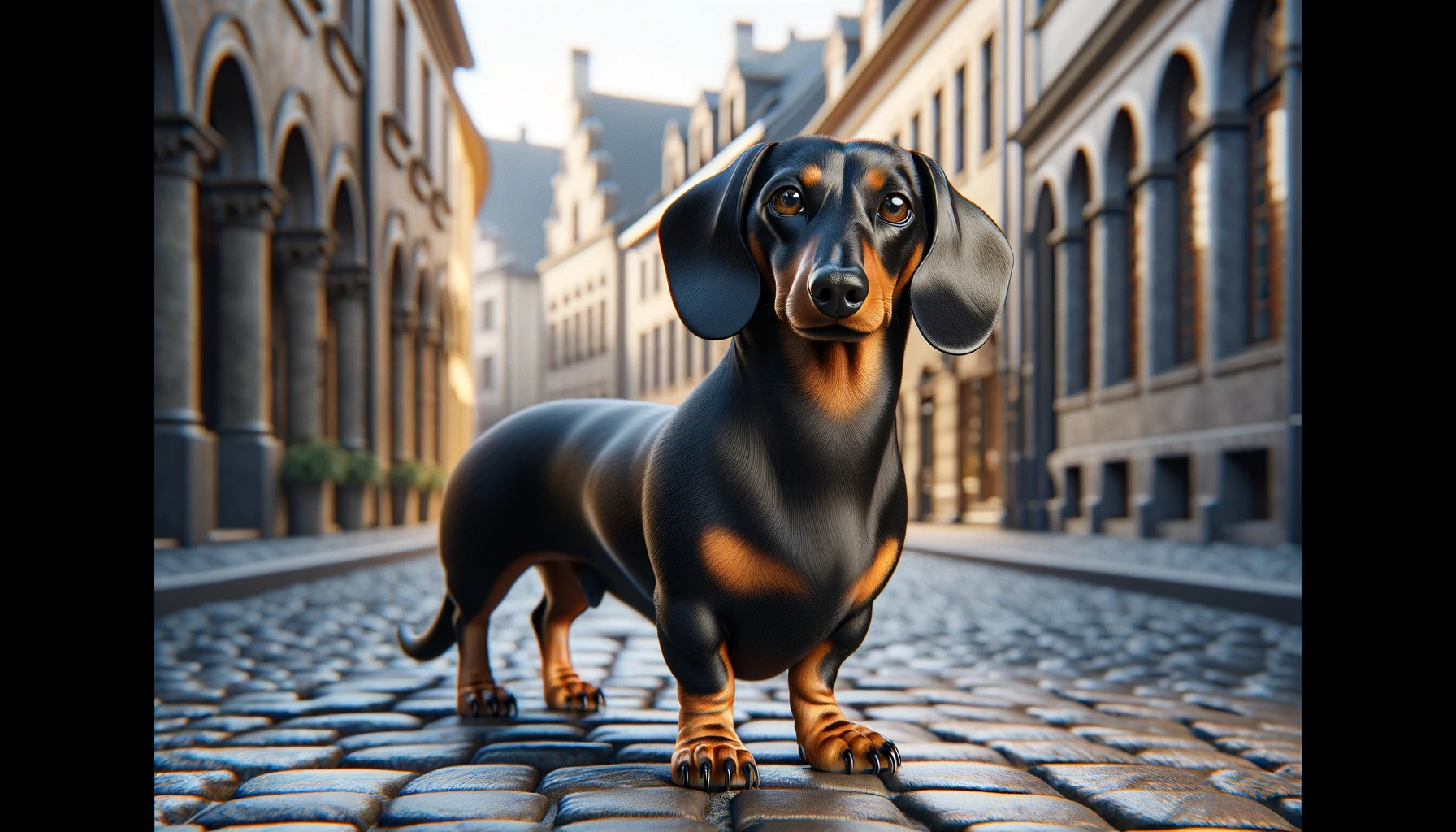
Black and tan is another classic color combination for Dachshunds, featuring a glossy black coat with tan markings above the eyes, around the jaws, on the paws, chest, and under the tail. This coloring is similar to that of a Rottweiler or Doberman, giving the Dachshund a miniature, but no less formidable, appearance. The sharp contrast between the black and tan highlights the Dachshund’s muscular contours and distinct expressions. This color combination is not only visually striking but also quite common, making it a favorite among potential Dachshund owners who appreciate this pattern’s boldness and clarity.
3. Chocolate and Tan
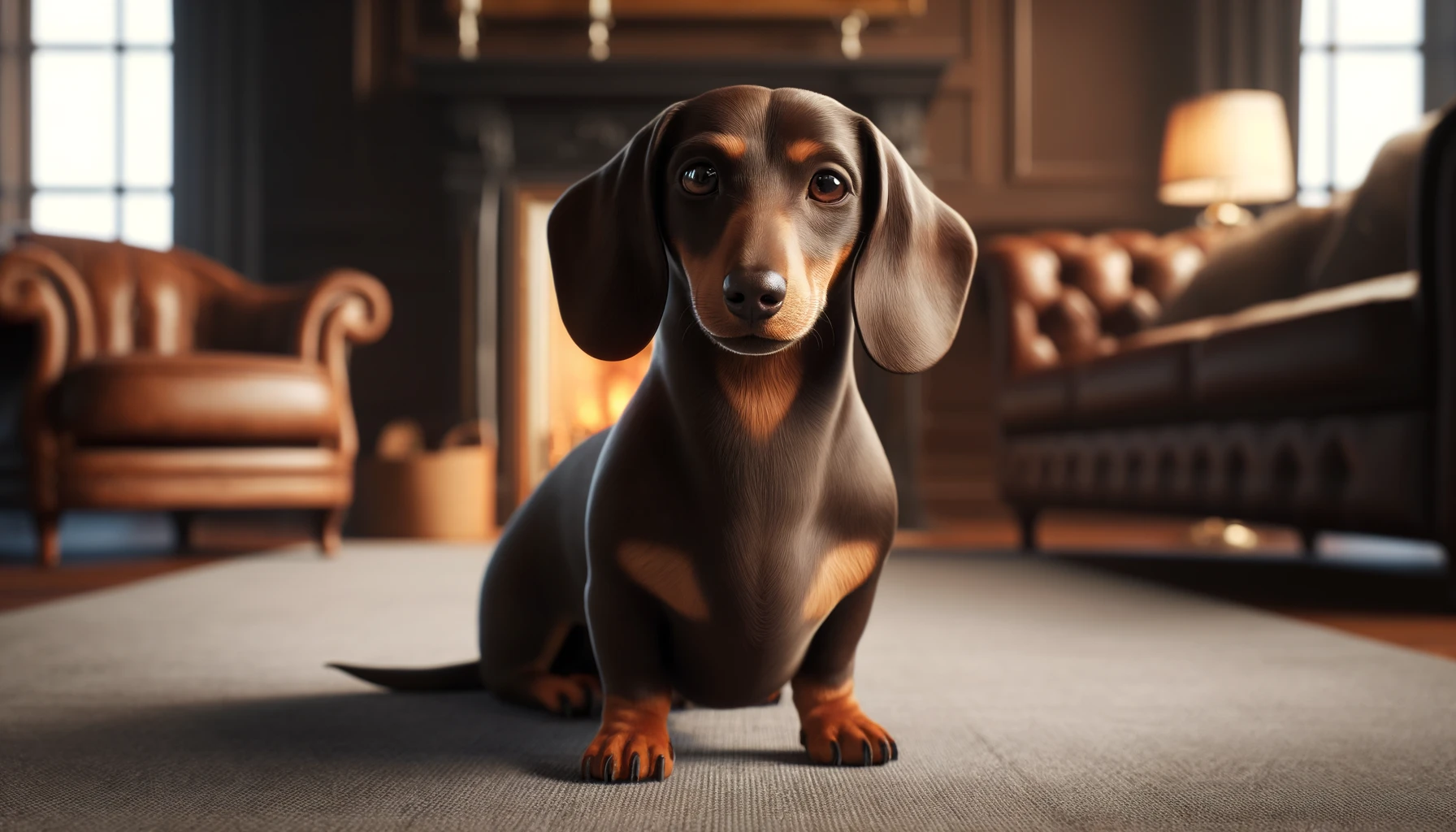
Chocolate and tan Dachshunds have a rich, warm brown base with lighter tan markings in the same locations as their black and tan counterparts. The chocolate color can vary from a milky brown to a darker, almost coffee-like shade. This luxurious and appealing coat color suits the Dachshund’s playful and endearing nature, making them particularly photogenic and popular in dog shows. Chocolate and tan Dachshunds carry a sweetness in their appearance that reflects their friendly, affectionate personalities.
4. Dapple
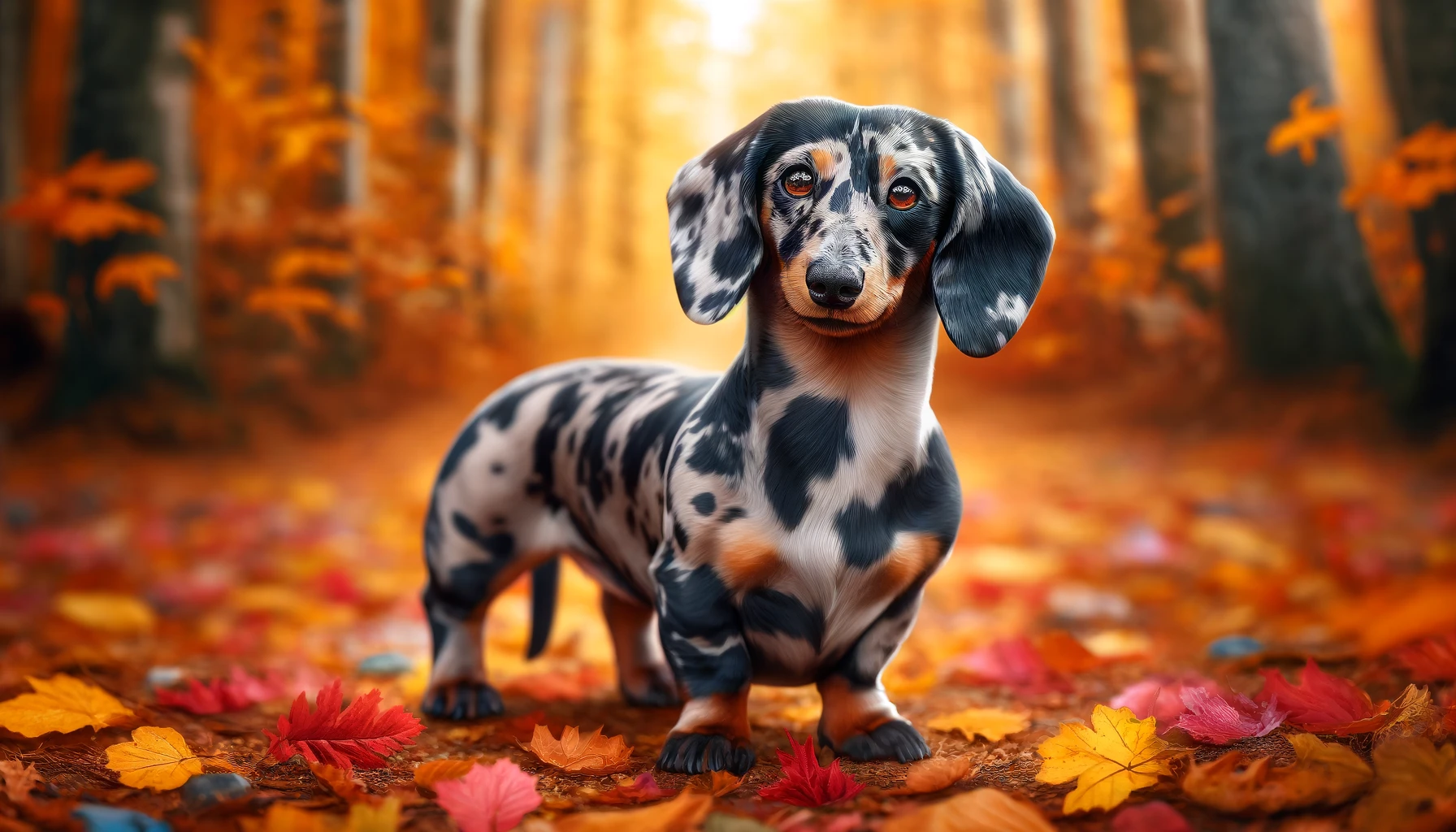
Dapple Dachshunds have a unique pattern where lighter areas are blended with a darker base color, often resulting in a mottled or spotted appearance. This can occur with any base color, leading to combinations like a black and gray dapple or a red and cream dapple. Each dapple Dachshund is distinct, with no two dogs having the same pattern. This variation is especially prized for its aesthetic appeal and the uniqueness it brings to the breed, making dapple Dachshunds highly sought after by enthusiasts and breeders.
5. Blue and Tan

Blue and tan Dachshunds feature a dilute black color that appears as a soft, dark blue or grayish coat, combined with tan markings. This rare and striking coloration is due to a dilution gene that affects the black pigment in the coat. The subtle, elegant look of the blue and tan Dachshund is mesmerizing and gives the dog an almost ethereal appearance. Despite their rarity, blue and tan Dachshunds are cherished for their beauty and are a testament to the genetic diversity of the breed.
6. Isabella (Fawn)
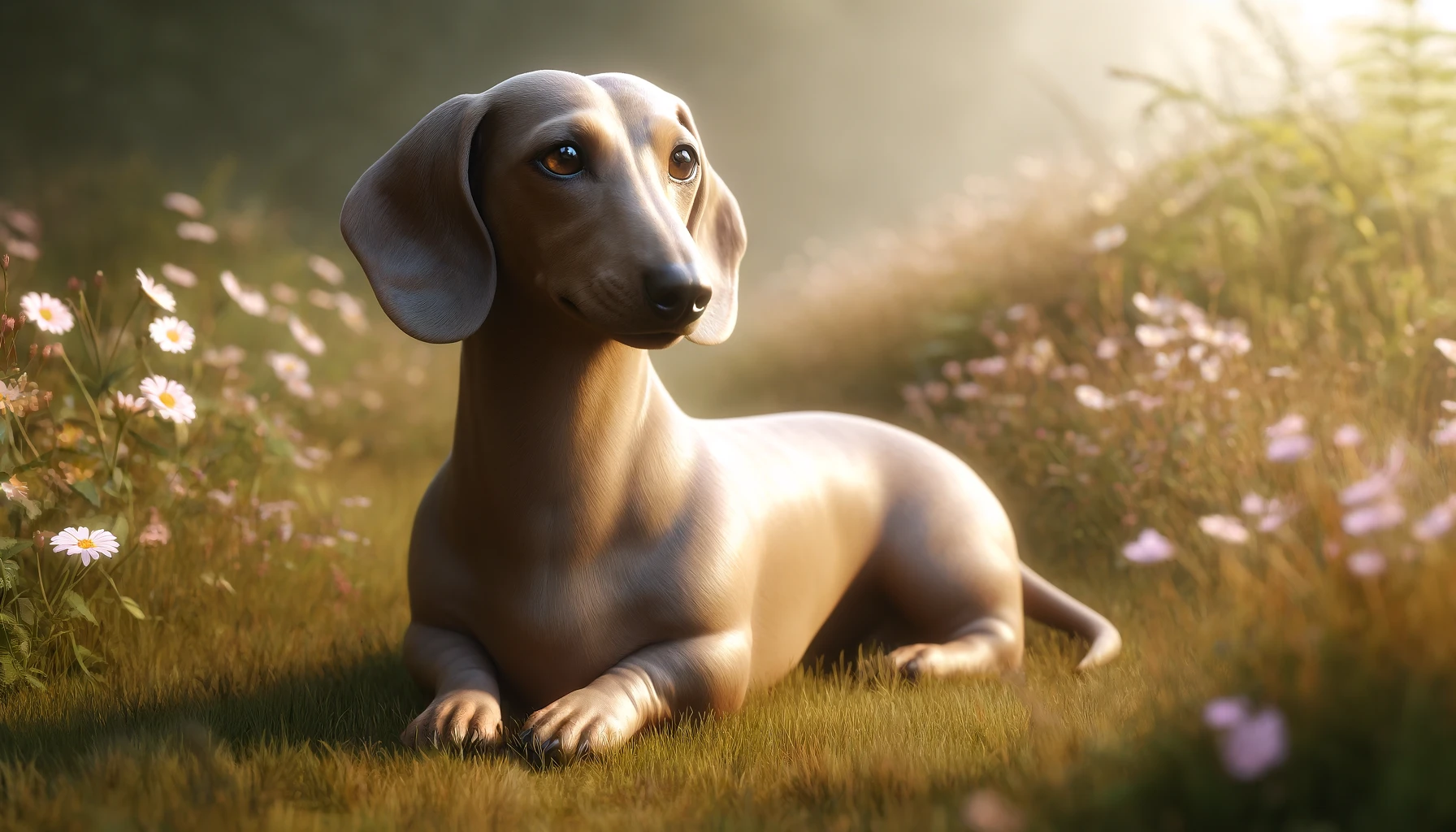
Isabella, or fawn, is one of the rarest Dachshund colors. It is a dilute form of the chocolate color, resulting in a light taupe or grayish-tan coat. Isabella Dachshunds often have light eyes and a soft, dreamy expression, making them incredibly appealing and somewhat exotic. This color is both rare and beautiful, adding a level of exclusivity to owning an Isabella Dachshund.
7. Piebald
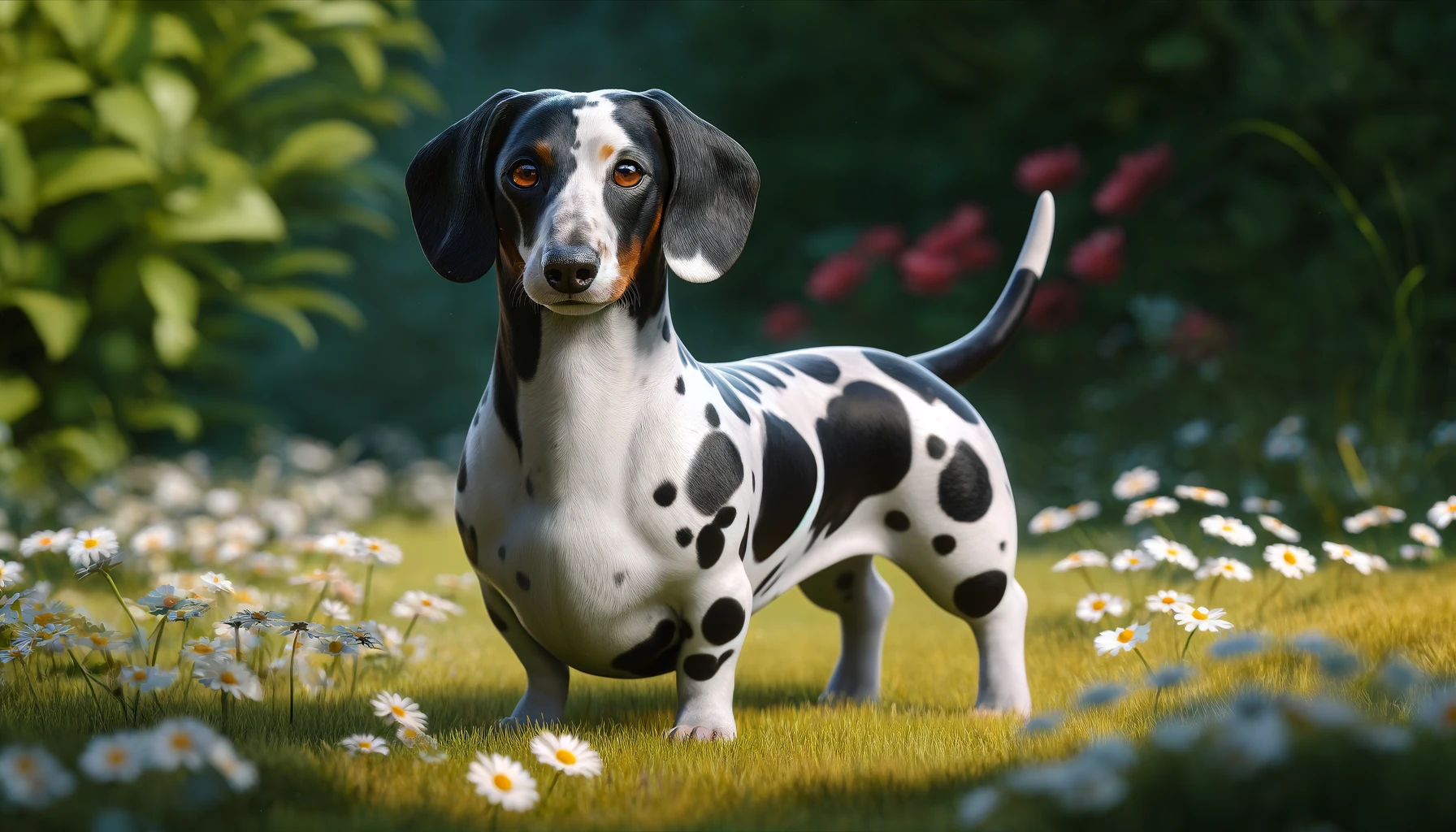
Piebald Dachshunds are marked by a pattern of large, bold spots of color against a white background. This can occur in any of the standard Dachshund colors and adds a dramatic flair to their appearance. Piebald is different from dapple because the patches are more defined and symmetrical. These Dachshunds are particularly striking, with their patchy coats providing a stark contrast that catches the eye. Piebald Dachshunds are not just unique in appearance but also carry a playful and energetic disposition.
Dachshunds are a breed rich in diversity, not just in personality but also in the stunning array of colors and patterns they sport. Each color variation not only adds to the visual allure of the breed but also highlights unique aspects of their character and lineage. Whether draped in elegant blue and tan or the classic red, each Dachshund brings a splash of color and joy into the lives of their owners, making it one of the most beloved and recognizable dog breeds in the world.
 Toledo, United States.
Toledo, United States.